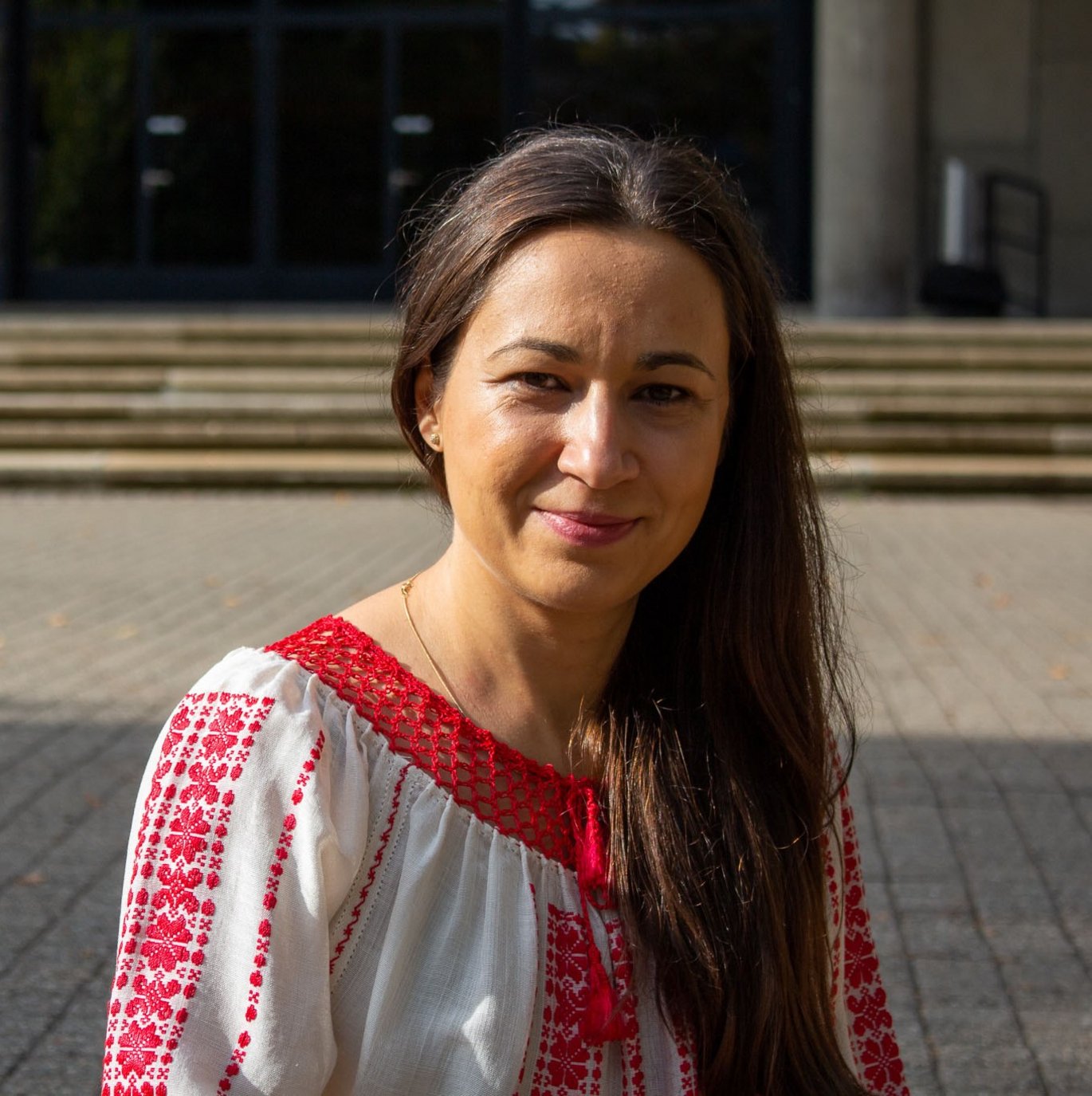PRACTICE INTERVIEW WAS PIVOTAL TO A SUCCESSFUL VILLUM YOUNG INVESTIGATOR APPLICATION
When Corina-Gabriela Ciobotaru, a fellow at the AIAS, applied for a Villum Young Investigator Grant for the second time, she was invited for an interview. As part of her preparation, she participated in the Research Support Office’s practice interview, with a panel consisting of two previous recipients of a Villum Young Investigator Grant and two advisers from the Research Support Office. She found it insightful and she is sure it was decisive for her performance at the actual interview. She was awarded a Villum Young Investigator Grant.

Rejection as a learning experience
Corina-Gabriela Ciobotaru was not invited for an interview when she applied for a Villum Young Investigator Grant the first time. However, her efforts were not in vain, because she learned a lot during the process and applied again in 2022. “I learned what they expect of an application from my first attempt.
My research is about mathematics and geometry, and the material is complex. So I've spent a lot of time getting better at communicating my material more simply - and that’s not easy,” says Corina.
Corina wanted as much feedback as possible during the writing process. Four to five experienced colleagues read her application, and their comments helped her improve it. She continues: “An adviser from the Research Support Office also gave me feedback and helped me a lot throughout the process. It’s a good idea to have someone else look at your application as it’ll undoubtedly be the better for it.”
Practice interview was important preparation
Corina found the practice interview difficult, but learned a lot from it. “The presentation was the easiest bit. The hardest part was all the questions. They challenged me and asked so many things that I wasn’t prepared for. Even though I was a little upset after the interview, it was really good. And it meant that I went home and spent three days preparing answers to all sorts of questions I hadn’t thought about. So it was actually good that they made me feel uncomfortable and put pressure on me by asking such hard questions," says Corina.
All bases covered for when it really mattered
Corina had honed her answers for the real interview. "I felt very well-prepared for the interview, and that meant I was fairly relaxed during it. I answered questions confidently and was able to present many examples. It felt really good,” she says. Corina believes that she was able to take home a Villum Young Investigator Grant because she jumped at the opportunity to receive feedback from her colleagues and an adviser in the Research Support Office, and because they tightened the thumbscrew during the practice interview. So her advice is: Accept all the feedback and help you can get. Your application and your performance at the interview will be all the better for it.
About the practice interview
The Research Support Office arranges practice interviews for applicants who are invited to interview for a grant. The purpose of the practice interviews is to give applicants an opportunity to practice their presentation and practice answering the panel’s - critical and unexpected - questions. The panel consists of two former Villum Young Investigator grant recipients and one or two research advisers from the Research Support Office. The practice interviews copy the format of the real interview, ensuring that the two situations resemble each other as closely as possible. Interviews for Villum Young Investigator Grants consist of a 15-minute presentation by the applicant, followed by 15 minutes of questions from the panel and a discussion between the applicant and the grantees. This is followed by a 20-25 minute discussion about content, presentation technique, what went well, what could be improved, etc.
Six applicants from AU (four women and two men) were invited to a grant interview and participated in a practice interview. Two of the applicants were successful.
Read about the Villum Young Investigator recipients here.